Help track the effects of climate change on timings in nature
Have you seen your first butterfly or swallow of spring? Or your first ripening berry or autumn leaf? Let us know what's happening near you.
Explore Nature's Calendar
Content manager
For many birds, spring can be a race against time to pair up, lay eggs and raise chicks while food is plentiful. And for the blue tit in particular, it's crucial to time things just right.
This tiny bird has only one shot to raise a family each spring, and for a bird that may only live for three years, each of those shots need to count. Unlike blackbirds, robins and many other garden birds, blue tits are usually able to raise just a single brood of chicks each spring, carefully timing the hatching of their eggs to the bud burst of trees and the explosion of caterpillar prey that comes with it.
Laying a clutch of up to 14 eggs is a significant investment for a bird that weighs just 10 grams. At a hefty 1 gram each, a blue tit egg weighs in at a tenth of its mother's total body weight, and she may produce one a day for two weeks. Incredibly, she won't begin incubating her eggs until the last one is laid, which means her first could lie dormant for a fortnight before development of the embryo inside begins.
Most blue tits begin building their nest in late March. This allows them to synchronise breeding so that the hatching of their chicks coincides with peak food availability - the tiny caterpillars that have also hatched to feast on fresh tree leaves.
Records show however that some get a much earlier start, building as early as January, and that some late-comers don't get going until the end of May. It could be that in years when the emergence of tree-munching caterpillars is delayed or unseasonably early, it's an advantage to nest out of sync with the rest of the crowd.
Generally speaking though, eggs are usually laid throughout April and into early May. Once the clutch is complete, the female spends up to 15 days incubating, using a featherless area of skin on her tummy, called a brood patch, to keep the eggs warm. Her partner brings her deliveries of food during this time, but she must also occasionally leave the eggs to feed.
For nesting blue tits, only a cosy cavity will do. Old woodpecker nests, rot holes in trees and cracks or crevices with cavities behind them are all traditional nest sites of choice. Blue tits are also famously quick to investigate human-made holes and will readily take to nest boxes. Small entrance holes are best - the tighter the fit the more chance of keeping nest raiders and rival birds out.
Nests are made from moss and leaves stuffed into the hole until a thick platform is made. The bird digs and wriggles in the centre of this spongy layer to form a nest cup which is then lined with animal hair, feathers and spider webs.
Once hatched, blue tit chicks spend around three weeks in the nest before fledging. During that time they more than quadruple in size, developing feathers and the wing muscles they will need for survival outside the nest.
Feeding a nest full of voracious chicks is a full time job for both parents. Each baby can demand 100 caterpillars per day, and produce plenty of poo as a result. To keep things clean and tidy, the parents remove the white faecal sacs each chick presents them with and dispose of them away from the nest.
As fledging approaches, the chicks exercise their wing muscles by flapping them rapidly. They then begin to explore the entrance to the nest, eventually taking that first leap of faith into the world beyond.
The breeding behaviour of blue tits is just one of the signs of spring monitored through Nature's Calendar, a long-term project tracking the effects of weather and climate change on the UK's wildlife.
By recording your sightings, you can contribute to an important database of information helping scientists to monitor the impacts climate change can have on species like the blue tit, their caterpillar food, and the leafing trees they both rely on.
Have you seen your first butterfly or swallow of spring? Or your first ripening berry or autumn leaf? Let us know what's happening near you.
Explore Nature's Calendar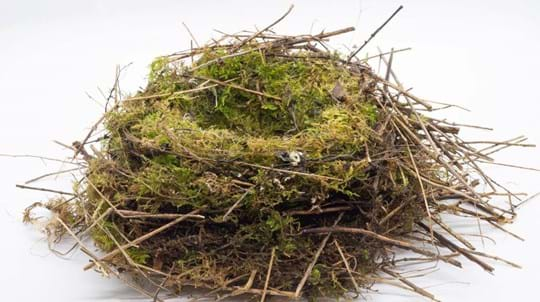
Blog
Amy Lewis • 16 Feb 2022
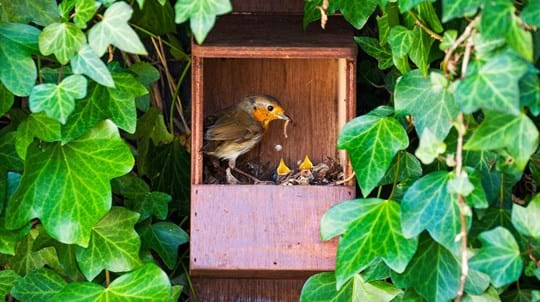
Blog
Hannah Vickers • 08 Feb 2019
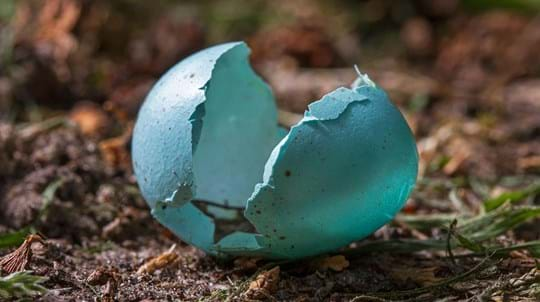
Blog
Helen Keating • 05 May 2020
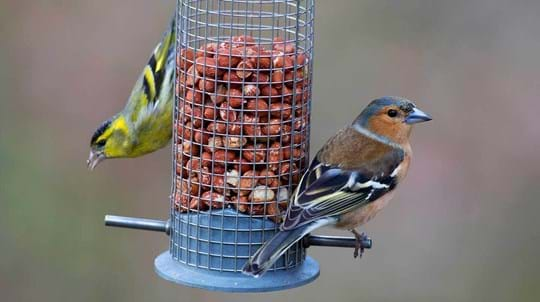
Blog
Hannah Vickers • 21 Mar 2019
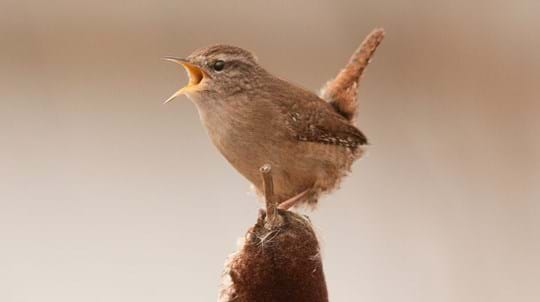
Blog
Kayleigh Jacobs-Rutter • 13 Feb 2024
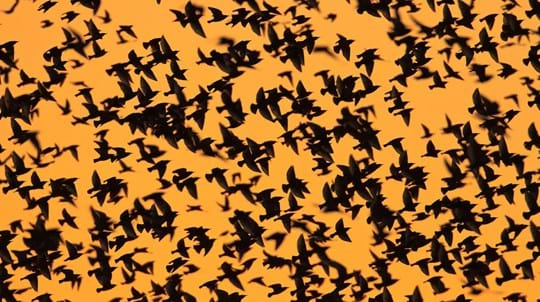
Blog
Amy Lewis • 20 Nov 2018
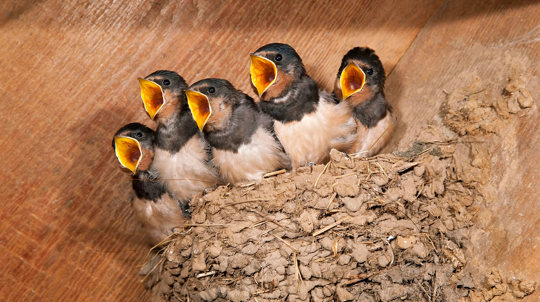
Blog
Charlotte Varela • 14 Jun 2019
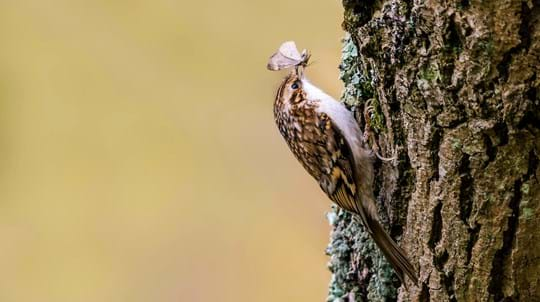
Blog
Hannah Vickers • 08 Apr 2019
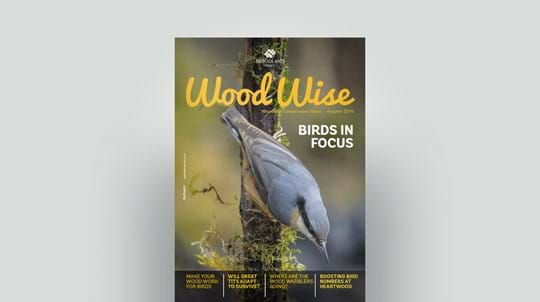
Journal
PDF (5.67 MB)
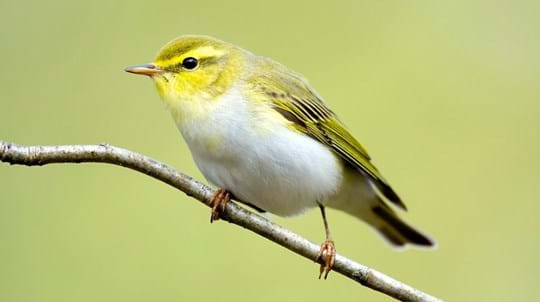
Blog
Charlotte Varela • 10 Apr 2019
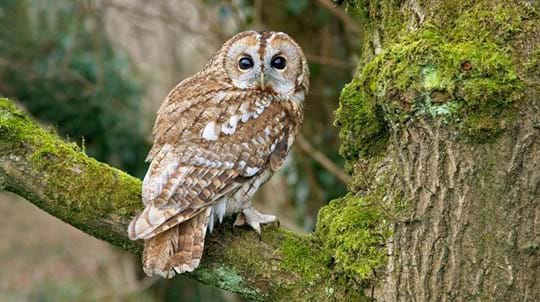
Blog
Charlotte Varela • 21 Dec 2023
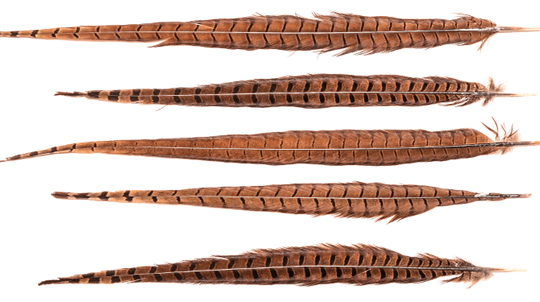
Blog
Charlotte Varela • 15 Apr 2019
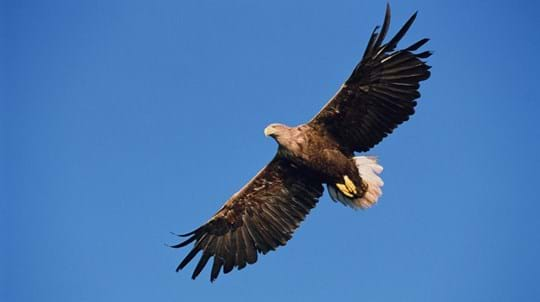
Blog
Amy Lewis • 10 Sep 2021
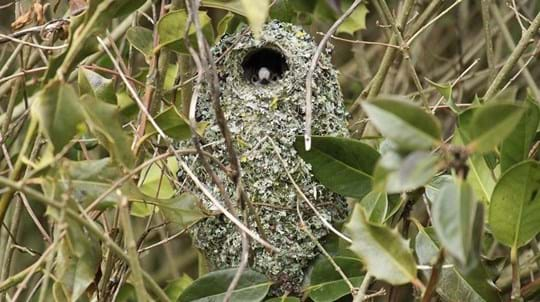
Blog
Hannah Vickers • 17 Jan 2019